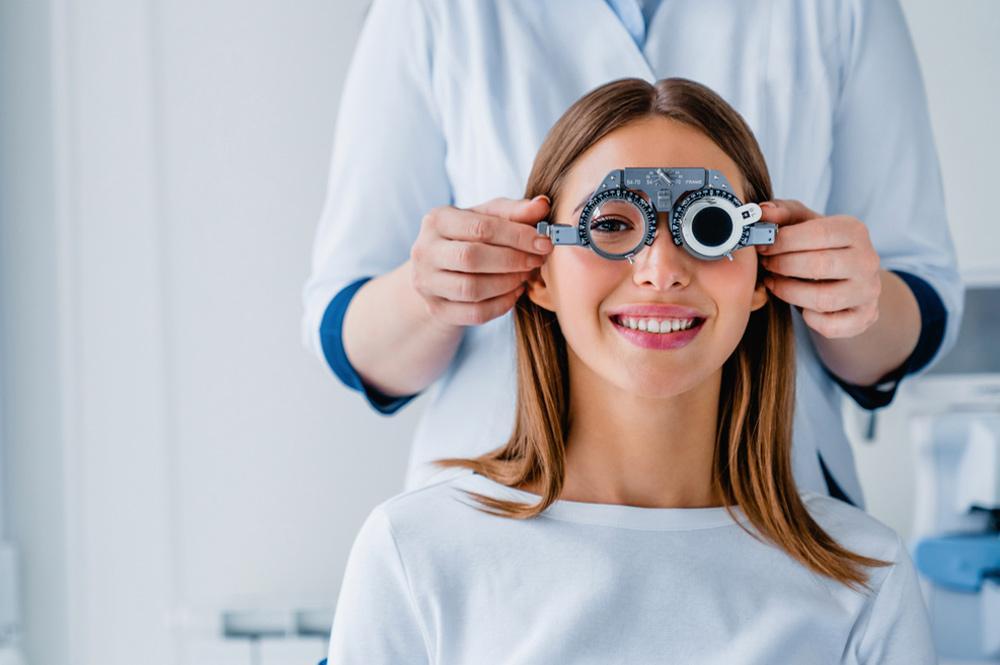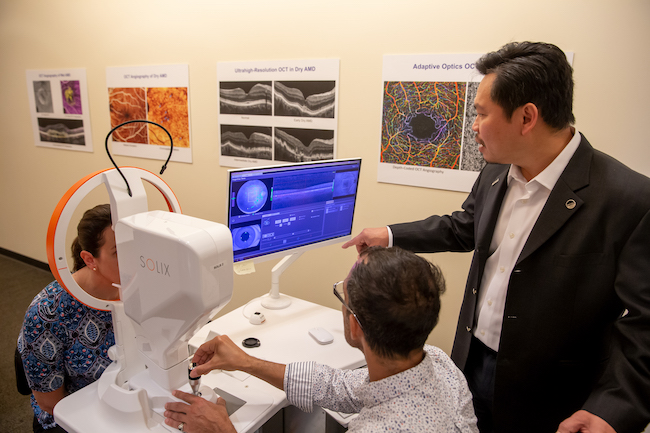Healthcare

Advanced Optometry Care: Can It Meet Global Demands by 2030?
Le 14/05/2024

The branch of optometry is globally slated to present an employment growth of approximately 10% between 2021 and 2031. While these figures do indicate the growth of professionals within the industry, it's not without the industry revenue curve, correspondingly rising by +4.00% CAGR until the end of this decade.
So, while the numbers do add up to showcase the global optometry care demands may indeed be met, one thing is still uncertain. What would the required Advanced Optometry Care look like?
It is a question of critical importance because its at-hand answer is limited to administering Therapeutics and Vision Care Equipment. So, let's further look into each prevalent solution and any others that Optometry Care could provide, including any developing treatments and technologies.
Advanced Optometry Care in 2024
Presently, offering Eye Health Management treatments and developing solutions that help diagnose eye conditions sooner hold greater precedence. These two are also equally the focal point of most ongoing research to bring innovations within the industry. Here, acquiring more in-depth knowledge about ocular conditions is also parallelly progressive so as to assist the ongoing research programs and future treatments.
Diagnosis & Treatments


The highly popular and safest form of diagnosis in Optometry is OCT or optical coherence tomography. It's a non-invasive imaging method used to measure the thickness of the optic nerve and retina. Gathering such knowledge is critical for treating multiple types of ocular conditions like Glaucoma, Macular Degeneration, Macular Edema, Eye Tumors, etc.
Numerous well-known Toronto-based optometrists and others across the world rely on OCT to adequately discern where advanced corrective lenses or therapeutic pharmaceutical interventions will be needed. It is also a diagnosis method used by ophthalmologists who may also be roped into the treatment whenever cases require surgical procedures.
Importance of Advanced Optometry Care in 2030
The optometry care offered today is exceedingly advanced considering the use of non-invasive methods for arriving at a diagnosis. However, picking the safest approach to treat a condition is where new innovations are required with near-quick immediacy.
For instance, the mandatory lacrimal washing procedure before performing certain eye-treatment procedures is still risky today. Any complications during this (equally invasive) pre-treatment procedure and others could snowball into serious challenges if not accidents. However, by 2030, this should become a regular procedure in terms of performing it with ease and safety.
Similarly, as with the increasing number of independent glaucoma treatment clinics opening among different localities, having government-aided programs for myopia management is another pressing requirement. The following are some factors that can better highlight why the requirements are near-immediate and essential.
VR Technology Adoption & Overuse

In 2030, the Apple Vision Pro or any such devices may not see a critical adoption rate like the iPhones. But, devices offering remotely similar features would likely become accessible at consumer rates by solving a few particular market needs, namely augmentation combined with mobility or ease of use.
Both of these scenarios will increase the use of those devices, making eye care maintenance more likely to additional or even new types of ailments. Not only would the VR devices add to eye strain and increase the progression of myopia, but they may also cause tumorous development as a worst-case scenario.
On the contrary, expecting eye care professionals like optometrists to impart the tech industry with useful and dependable pointers is not unrealistic all the way. It can begin from something as simple as Eye Care Education - already a highly practiced preventive treatment.
Adverse Living Conditions & Poor Health Regiment
When it comes to poor health or inadequate living conditions caused by the use of tech or other factors, the use of AI - whether directly or indirectly a culprit - would rather be a boon. AI technologies already offer the eye care industry insights into trends in eye conditions that can develop over a period. It also instructs about the challenges that may tag along as we head into the modernization awaiting us ahead.
Still, conditions like dry eye syndrome and other ocular complications will be the ones by which the patients suffer more obviously. The only absolutely dependent aid that combats factors affecting eye care like poor air and other living conditions would be to seek out regular diagnostic tests or checkups. Yes, in 2024 and easily by 2030, health diagnosis is also already a constituent part of health regiment management.
Heredity Factors
Before we hypothesize about DNA mapping and other similar invasive medical procedures possibly existing and eradicating certain eye care problems, let's pause. While most hereditary-inherited ocular problems are already treatable and without invasive procedures in a considerable number of cases, we will still require major breakthroughs by 2030 to combat hereditary factors causing ocular problems.
Essentials of Advanced Optometry Care
At a glance, the essentials to look forward to within Advanced Optometry Care include seeking ways to address emerging challenges, increasing preventive care promotions and regulating personalized medicine principles.
Digital Accessibility Plus Eye Care-Centric Designs
The best but also least likely outcome is that the companies or organizations developing the VR devices create them with an emphasis on providing adequate eye care by design. Of course, the 'not all' argument can apply here, but for whatever the hope's worth, it's an ideal direction to begin with.
Adopting Eye-Care Wellness Approaches

Managing ocular health still requires plenty of mainstream attention - not so that it can lessen the brunt on optometrists, no. Rather, such attention will benefit the patients in understanding how ocular problems could also be identified by trained physical therapists & mental health counselors working together with optometrists.
If anything, the stress management techniques and lifestyle modifications will serve to benefit the overall wellbeing of the patient and alleviate ocular symptoms caused by physical stress or mental wear.
Technological Integrations
Similar to the world-redefining discovery or development of OCT tests, the industry also requires enhanced development of technologies that simplify drawing or arriving at results.
Be it about harnessing wavefront aberrometry to measure ocular structures accurately or imparting remote consultations and patient monitoring via AI/VR tools, whatever more may not be enough.
However, it will surely suffice instead of relying on primitive 2k20-based solutions.
Final Words
The Advanced Optometry Care demands for 2030 are not obtuse to grasp and meet, but at the same time, there is a catch. Like developing cutting-edge solutions with heightened necessity, more faculties should be entertained to spread the word about preventive eye care therapeutic treatments. It can both curb or limit the onset scenarios and prevent professionals from overworking to meet the demands. Surely, health professionals won't overwork in 2030, right?

